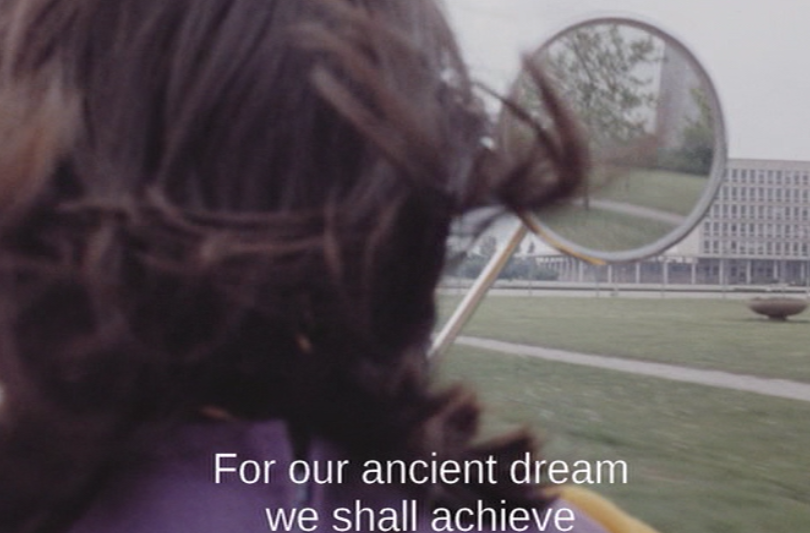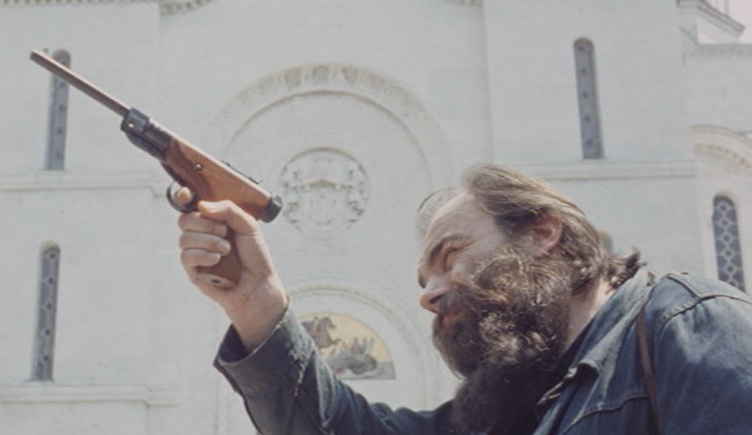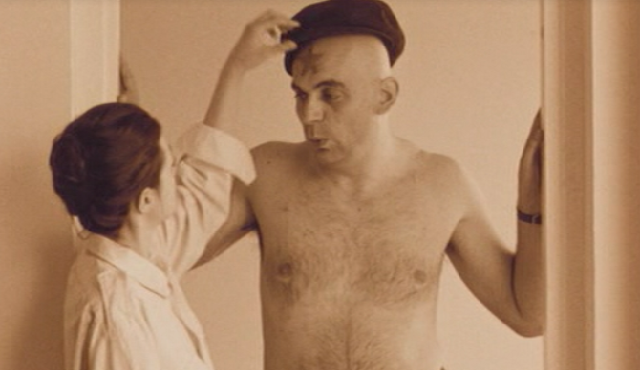Film 'Plastic Jesus'









Location
-
Jugoslovenska Kinoteka, Beograd Uzun Mirkova, Serbia
Show on map
Languages
- English
- Serbian
Creator
Year of creation
- 1971
Featured item of
References
Ćirić, Sonja, 2016. “Intervju – Lazar Stojanović, Reditelj: NATO Nema Alternativu." Nedeljnik Vreme, February 11. [Interview - Lazar Stojanovic, director: "NATO does not have an alternative." Weekly TIME] Accessed November 29, 2016.
DeCuir, Greg; Baškot, Gordana; Antin, Tatjana. 2011a. Jugoslovenski crni talas: Polemički film od 1963 do 1972 u Socijalističkoj Federativnoj Republici Jugoslaviji. Beograd: Filmski Centar Srbije.
DeCuir, Greg et al. 2011b. Yugoslav black wave: Polemical Cinema from 1963-1973 in the Socialist Federal Republic of Yugoslavia. Belgrade: Film Center Serbia.
Goulding, Daniel J. 2002. Liberated Cinema: The Yugoslav Experience, 1945-2001. Bloomington&Indianapolis: Indiana University Press.
Levi, Pavle. 2009. Raspad Jugoslavije na filmu: Estetika i ideologija u jugoslovenskom i postjugoslovenskom filmu [Esthetics and Ideology in Yugoslav and postyugoslav film]. Beograd: Biblioteka XX vek.
Marković, Predrag. 2011. “Where Have All the Flowers Gone? Yugoslav Culture in the 1970s Between Liberalization/Westernization and Dogmatisation.” In The Crisis of Socialist Modernity. The Soviet Union and Yugoslavia in the 1970s, edited by Marie-Janine Calic, Dietmar Neutatz and Julia Obertreis, 118–133. Göttingen: Vandenhoeck & Ruprecht.
Pantić, A, 2015. "Lazar Stojanović: Svako Sam Odlučuje Kad će Da Bude Hrabar" 24sata, June 13. ["Lazar Stojanovic: Everybody decides on his own when to be courageous" 24hours]. Accessed November 29, 2016.
Solomun, Zoran. 2012. “Plastic Jesus. Tito und die jugoslawischen Achtungsechziger.” Deutschlandfunk, February 7. [Plastic Jesus. Tito and the Yugoslav 68ers]. Accessed February 2, 2017.
Vučetić, Radina. 2016. Monopol na istinu. [The monopoly on Truth] Beograd: Clio.
